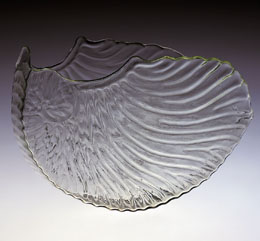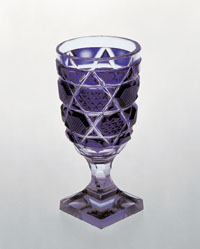| Containers for Buddhist reliquary, shari, which originally referred to the historic Buddha Sakyamuni’s bones, later came to be buried with relics and jewels near or in the stone base of the central pillar of a stupa at a Buddhist temple.
In the seventh century, a grand pagoda was built at the time Emperor Tenji (626-671) had Sûfuku-ji constructed for the protection of the country. According to legend, the emperor had a dream one night in which a Buddhist master appeared. Surprised by the oracle to look at the northwestern mountain, the emperor gazed at the mountain to see a fire shining brightly, rising thinly about thirty meters up to the sky. Thinking this was miraculous, the emperor decided to build a temple on this mountain. In time, a colossal monastery, Sûfuku-ji, was built there. |
 |
 |
|
 |
|
 |
|
|
|
|
| Organized by MIHO MUSEUM, Kyoto Shimbun Co., Ltd. | |
| Supported by Shiga Prefectural Board of Education, NHK Broadcasting Otsu Office, and Biwako Broadcasting Co., Ltd. | |
Incidentally, large glass receptacles were not produced in Japan until the Edo period (1603-1867). Inspired by glass containers from Europe, Japanese vidro and diamant came to be made. But a close look reveals that the designs incorporated Japanese floral and water motifs. This vase in the shape of an argonauta (on the left) captures the surface of the glass trailing like drapery. Its size and design make it among the finest masterpieces of vidro. In contrast, the transparent, clear glass called diamant is more refined. Although this cut-glass ware incorporated designs that came from England and Ireland, Japanese artisans incised each detail, line by line, with sharp metal tools.
We hope that you will enjoy the soft light and lines of cut glass and the elegant designs of vidro, while tracing the history of Japanese glass.
